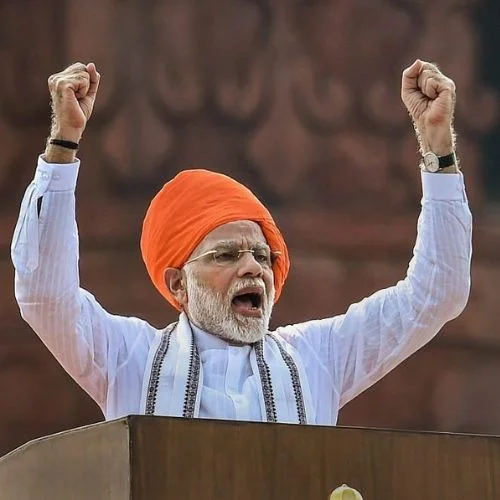As investors were concerned about the value despite the likelihood of slow economic development, the Indian market lagged behind its significant international counterparts. Indian Market Outlook: According To Franklin Templeton, The Indian Market Is Worth Looking At, And The Long-Term Prospects.

However, Franklin Templeton analysts believe that the situation appears to be changing and that investors are taking another look at Indian equities because of the country’s robust economy and slightly comfortable valuation of stocks after the recent underperformance.
The future may look bleak for some of the world’s largest economies, but Sukumar Rajah, Senior Managing Director and Director of Portfolio Management at Franklin Templeton Emerging Markets Equity emphasized that India’s outlook is still favorable.
Despite recent difficulties, such as the banking crisis affecting the US and Europe, India’s economy has proven to be robust. Following 6.8% growth in 2022, India’s gross domestic product (GDP) is predicted to expand by 5.9% in 2023. Compare that to the negative statistics projected for portions of Europe this year and the United States growth of just 1.1%, where many experts also expect a recession, Rajah said.
As investors were concerned about the value despite the likelihood of slow economic development, the Indian market lagged behind its significant international counterparts. Rajah brought up the opinion of some experts that Indian stock values didn’t make sense in a low-growth environment and that the market needs to adjust as a result.
According to Rajah, the MSCI India Index-based Indian stock price-earnings ratio now stands at 24.13, higher than the MSCI Emerging Markets Index 12.41 and the MSCI All Country World Index 18.30.
In the first quarter of 2023, the MSCI India Index fell while the MSCI All-Country World Index, a barometer for the global stock market, increased by more than 7%.
Rajah contends that given the market’s attractiveness and the economy’s tremendous potential for development, the recent underperformance may not last indefinitely.
When compared to other markets in the region, I believe the market is still extremely alluring overall, and I believe the present underperformance is unlikely to endure. Domestic investor net inflows should continue as a result, in my opinion, because India has the potential to grow even more robustly. We are beginning to notice indications that foreign investors may choose to deploy money to India on their own. Rajah predicted that would significantly alter the commercial landscape.
Many investors are unaware of the recent developments that have occurred in India and are still unsure of how unique the country’s narrative is. Therein lies special potential India provides, continued Rajah. “Few nations can maintain GDP and corporate earnings growth at high levels for decades.
The Future Of IT Appears Positive.
Since last year, there has been pressure on Indian IT firms due to worries about a downturn in the US and important European markets.
The number and prominence of Indian Information Technology businesses have increased, according to Rajah, and this has increased their exposure to global concerns.
Although many Indian IT businesses’ growth rates may be slower than in the past, he said that the long-term outlook is still favorable. But he said that as investors, we must exercise caution.
According to Rajah, We see some good upside potential in the IT industry, but not all of it, so we need to be picky about the investments we make. Midcap IT firms may benefit from exposure to clients that are expanding quickly, but smaller firms often have greater risk profiles.
Rajah thinks that while profit growth for industries like IT services may slow down, growth is accelerating or holding steady in a number of industries because of strong local demand and/or expanding export potential.
The Potential Dangers To Markets.
Currency fluctuations, economic instability, and political changes are major hazards that might harm Indian market prospects.
Rajah emphasized that investing in foreign stocks has unique risks, such as those connected to currency fluctuations, economic instability, and political events, and that investing in developing markets carries increased risks relating to the same variables.
The risks also include market size and liquidity limitations, as well as the absence of well-established governmental, political, commercial, and social frameworks to support the securities markets.
Interest rates have a big impact on the market as well. Bond prices decrease when interest rates increase. Rajah noted that the value of a portfolio of investments may decrease if bond prices respond to an increase in interest rates. As a result, factors impacting specific industries or sectors, individual firms, or overall market circumstances can cause stock values to vary, sometimes quickly and significantly.















